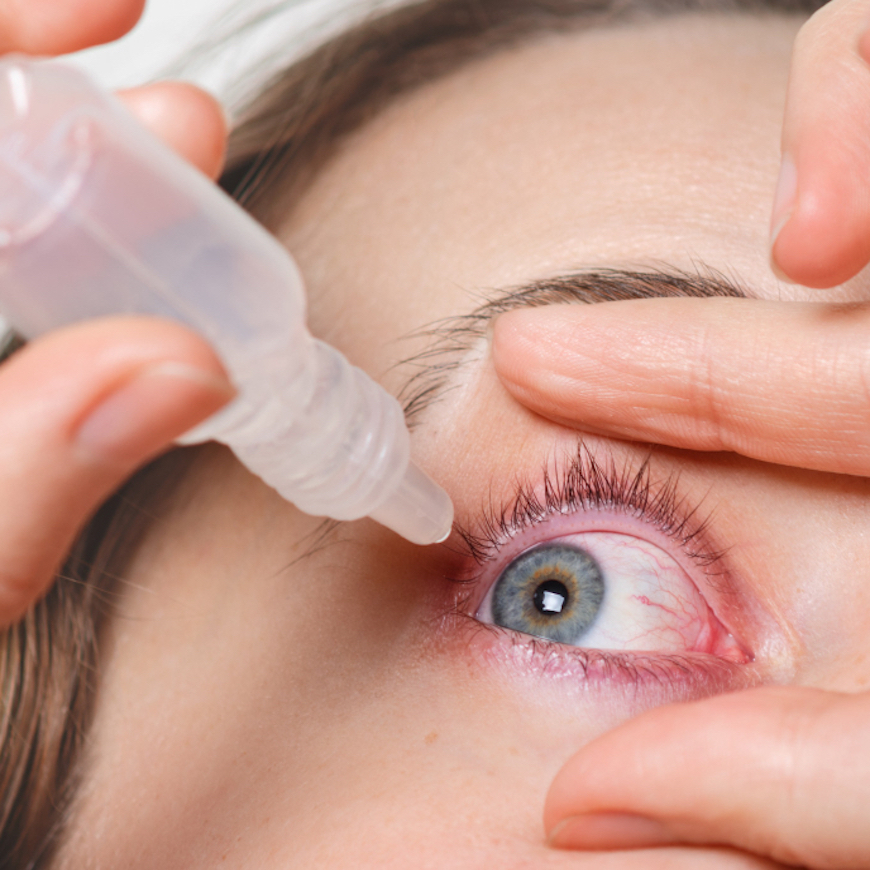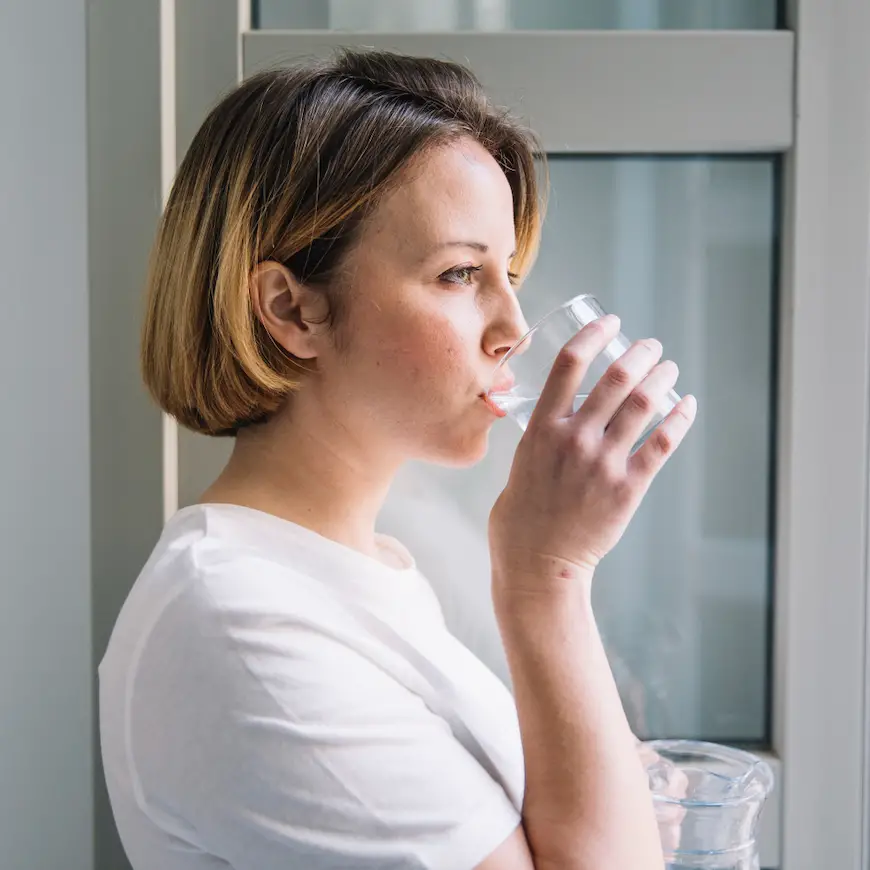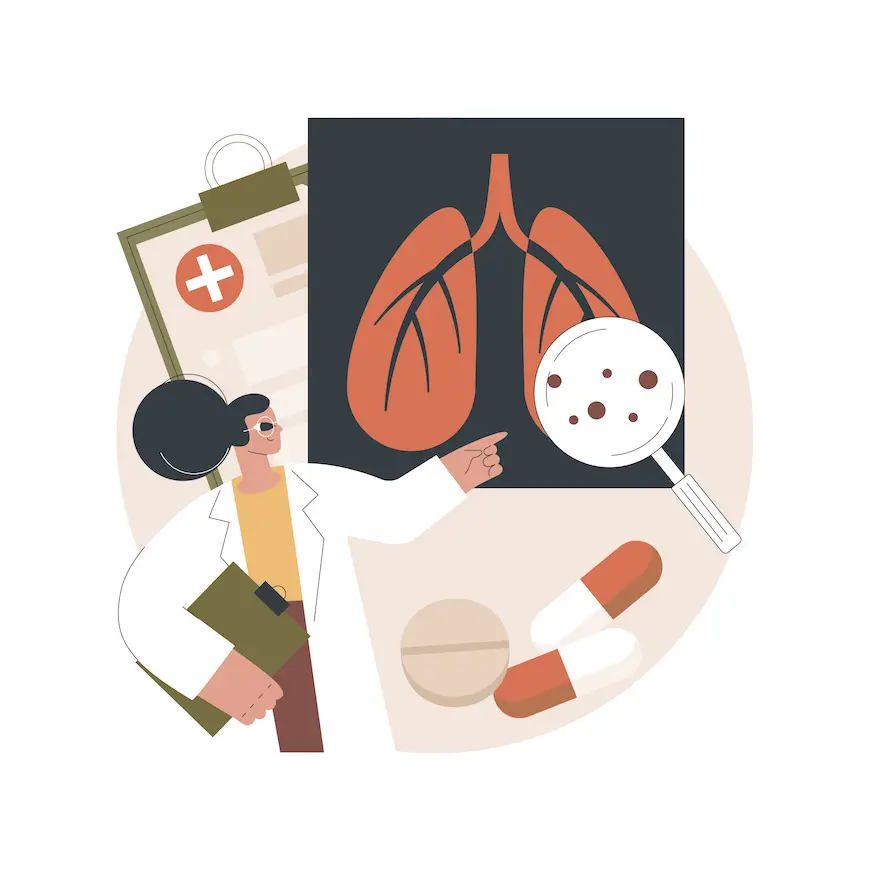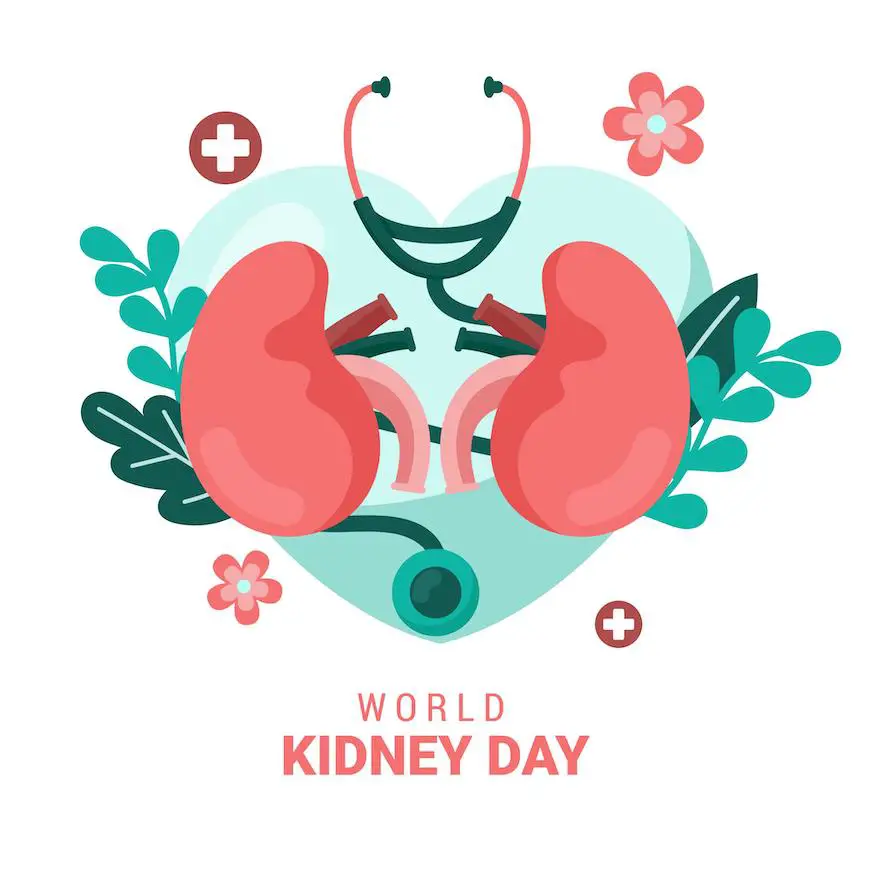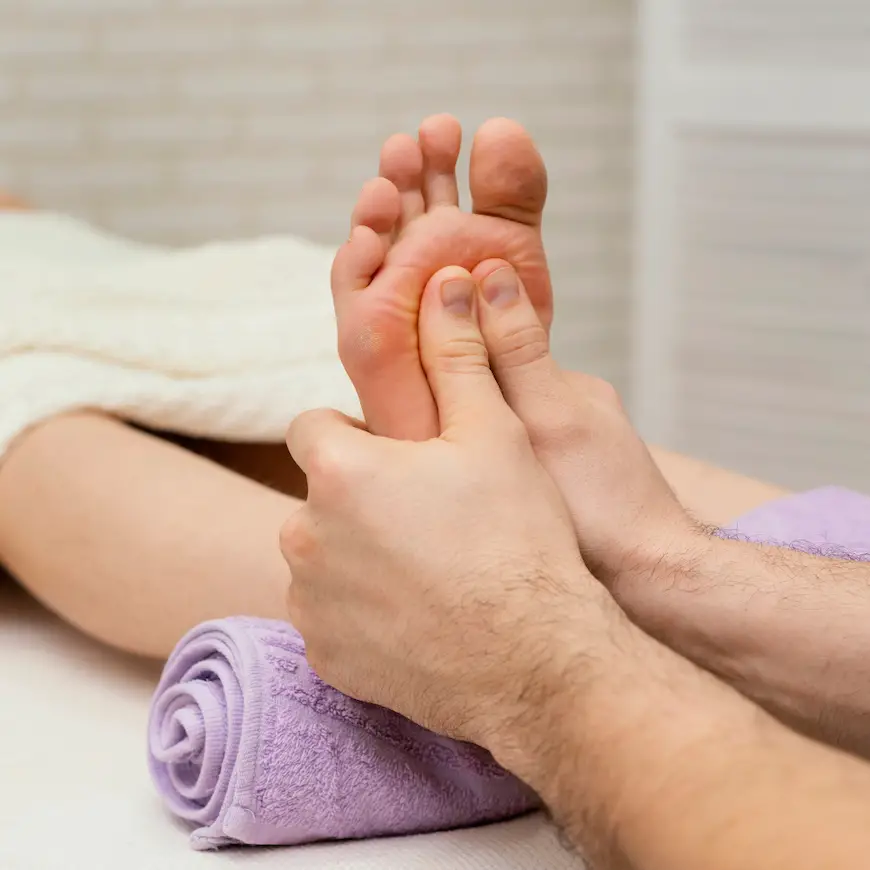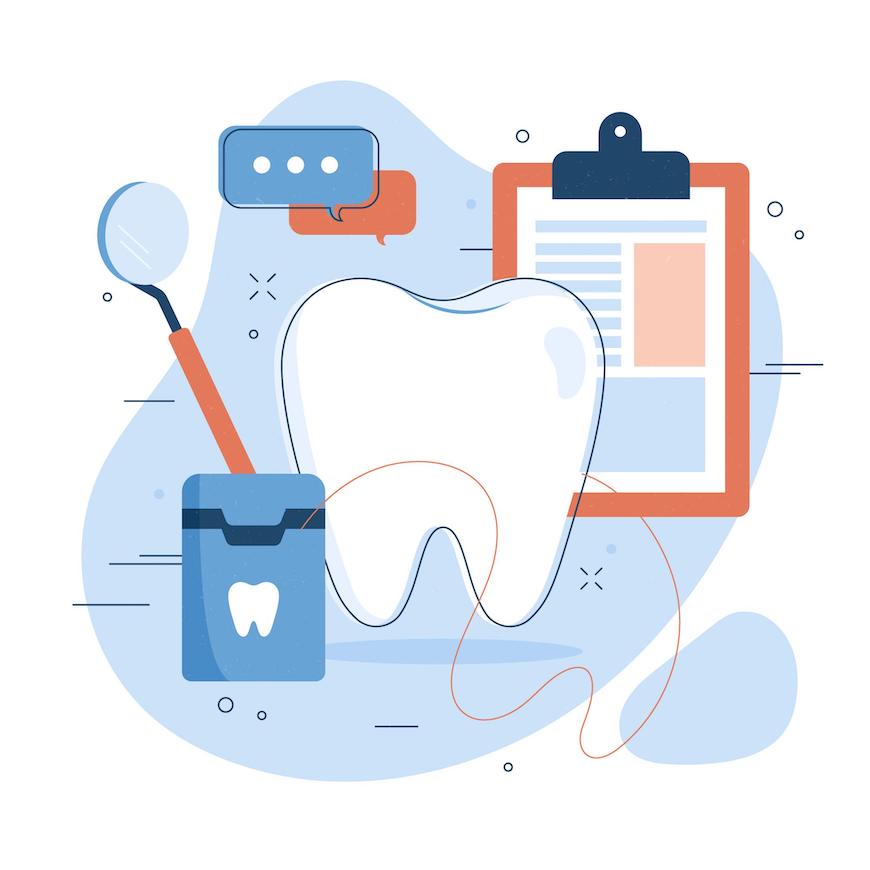How is dry eye syndrome treated?
According to the Centers for National Health Services, one in three people will experience dry eye at least once in their lifetime. Dry eye usually occurs when the eyes are unable to produce enough tears to retain moisture, because the tears dry up too quickly. This is often caused by hormonal changes, exercise, environmental changes, contact lenses, or certain medications. Fortunately, there are many natural ways to treat dry eye disease without the use of drugs.
Dry eye disease is easy to treat. If necessary, you can treat dry eyes with artificial tears (eye drops), lifestyle changes, and surgery. This treatment focuses on reducing dryness and protecting vision. An eye specialist, such as an ophthalmologist or ophthalmologist, can help you develop an appropriate treatment plan. Treatment options depend on the cause of your symptoms and the severity of your condition. Most people with dry eye experience painful symptoms such as redness, blurred vision, or eye irritation.
Common Treatments for Dry Eye syndrome
There are several effective treatments available to manage dry eye syndrome and improve eye comfort. From over-the-counter eye drops to medical interventions, each treatment targets different aspects of the condition, offering relief and helping to restore the eye’s natural moisture balance.
Treating dry eye syndrome is essential to prevent further discomfort and reduce the risk of blindness. Learn more about whether dry eye can cause blindness and why early treatment is crucial.
At-Home Remedies for Dry Eye syndrome
Several at-home remedies can help relieve dry eye syndrome and support eye health. Try these simple home remedies to relieve symptoms:
- Warm Compresses: Soak a washcloth in warm water, wring it out, and hold it over your closed eyes for one minute. Gently press the edges of your eyelids with your fingers to help press out the blocked oil. Moist heat helps loosen the oil that is trapped in the glands.
- Stay Hydrated: Aim to drink eight to 10 water glasses throughout the day. If you don’t like water, you can use any other drink that doesn’t contain alcohol or caffeine. Water-rich foods such as cucumbers and watermelons are also important.
-
Eat Oily Fish: salmon and tuna, sardines, trout and mackerel, all contain omega-3 fatty acids. Studies show that these healthy fats help the oil-producing glands of the face to function better, thereby reducing irritation.
1- Artificial Tears and Gels
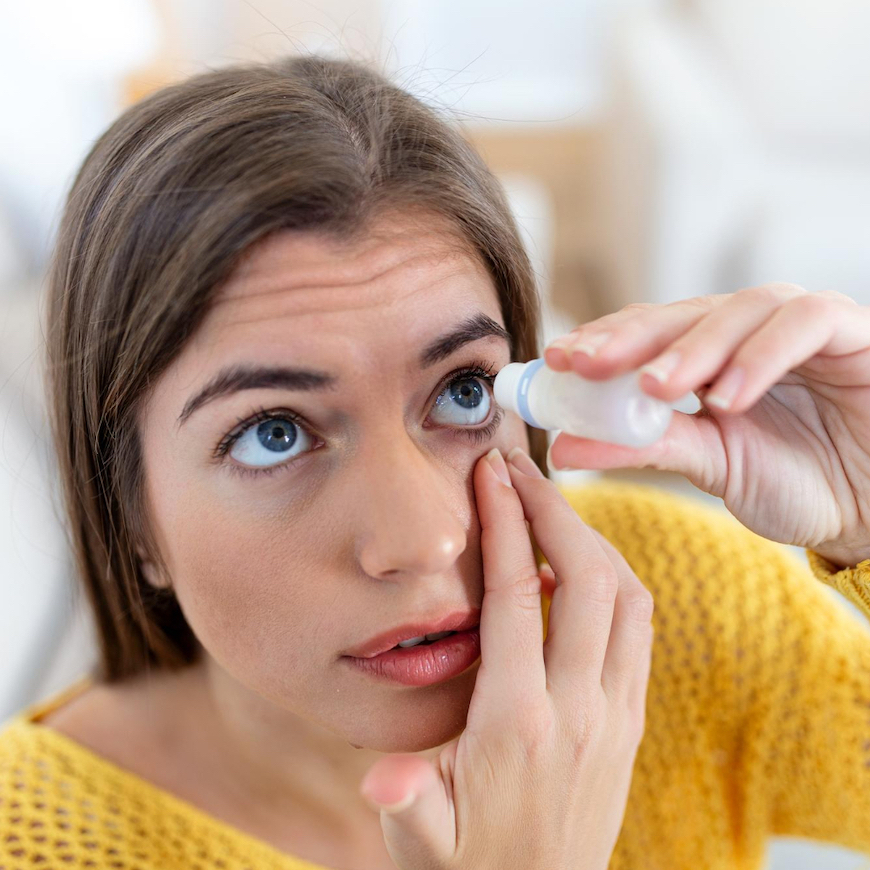
Eye drops are the first line of treatment for dry eyes and are often effective for mild dry eyes. An eye care professional can recommend over-the-counter (OTC) and prescription medications.
You can use artificial tears throughout the day or as needed. Most artificial tears are available without a prescription, so they don’t need a prescription.
If your eye care professional recommends artificial tears, you can choose from a variety of brands to find the one that’s right for you.
Prescription Eye Drops:
- Cyclosporine (Restasis): Helps increase tear production by reducing inflammation.
- Lifitegrast (Xiidra): Reduces inflammation and increases tear production.
- Corticosteroid drops: For short-term use for severe inflammation.
If you are taking prescription medications for other health problems, it is a good idea to let your eye doctor know. It can help you find an eye medication that works with your current treatment.
2- Lifestyle and Environmental Changes
Treatment of dry eye usually involves lifestyle and environmental changes. An eye care professional recommends:
- Get an humidifier: In most cases, a bad environment is the main cause of dry eyes, so heating can solve your problem. Air conditioners add moisture to the room where the air is. The more humid the weather, the slower the tears, and the better for your eyes. However, it is important to open windows to ventilate the area when you are not in the house to prevent mold growth. Also, if you live or work in a dusty environment, consider buying an air filter to clean the air.
You can buy it on amazon: LEVOIT Top Fill Humidifiers for Bedroom
- Drink more water: Drinking plenty of water and staying hydrated are key to staying healthy. It ensures the normal functioning of almost all our organs, including our eyes. Water helps keep your eyes moist, keeps tears from drying out. It is recommended that you drink 8 glasses of water a day. Don’t wait until you’re thirsty before drinking water because you’re already dehydrated. Carry a water bottle and drink water at all times.
Double up on Omega-3s: There is no doubt that Omega-3 fatty acids have many positive effects on overall health. Molecules that contain Omega-3 are part of cell membranes, play an important role in fighting inflammation and increasing natural oil production in the eye glands. According to recent studies conducted in the Department of Ophthalmology, they found that patients with dry eye disease saw significant improvements in their condition when they introduced the Omega-3 in their diet. You can take extras. Or, include it in your diet through foods rich in Omega-3 (such as salmon, tuna, flax seeds, chia seeds, soybeans, canola oil, etc.) - Adjust your computer screen: If you use the computer regularly, make sure your computer monitor is positioned correctly to reduce eye strain. It should be at or below eye level, but not above or below that level. In addition, staring at a computer screen reduces the number of times you blink per minute; According to recent studies, people who look at the computer blink three times less than those who don’t. Adjust your screen display and screen brightness to a comfortable level. Take breaks while working. Take a 10-minute break every hour to do something that doesn’t involve looking at a screen.
- Apply cucumber slices: We’ve all seen and wondered why so many people in movies cover their faces with cucumbers while breastfeeding, and now we’ve got the answer to our question. Studies show that cucumber can reduce puffiness around the eyes, moisturize the eyes, and stimulate the oil-glands in the eyes. Due to its high water content, it hydrates the eyes and penetrates into the skin, maintaining moisture while healing dry eyes. Take two pieces of fresh cucumber and apply it on your eyes. Let sit for 15 minutes, until the cucumber slices are dry. Repeat twice a week.
Read also: Foods that Make Your Eyes Puffy
3-Advanced Medical Treatments
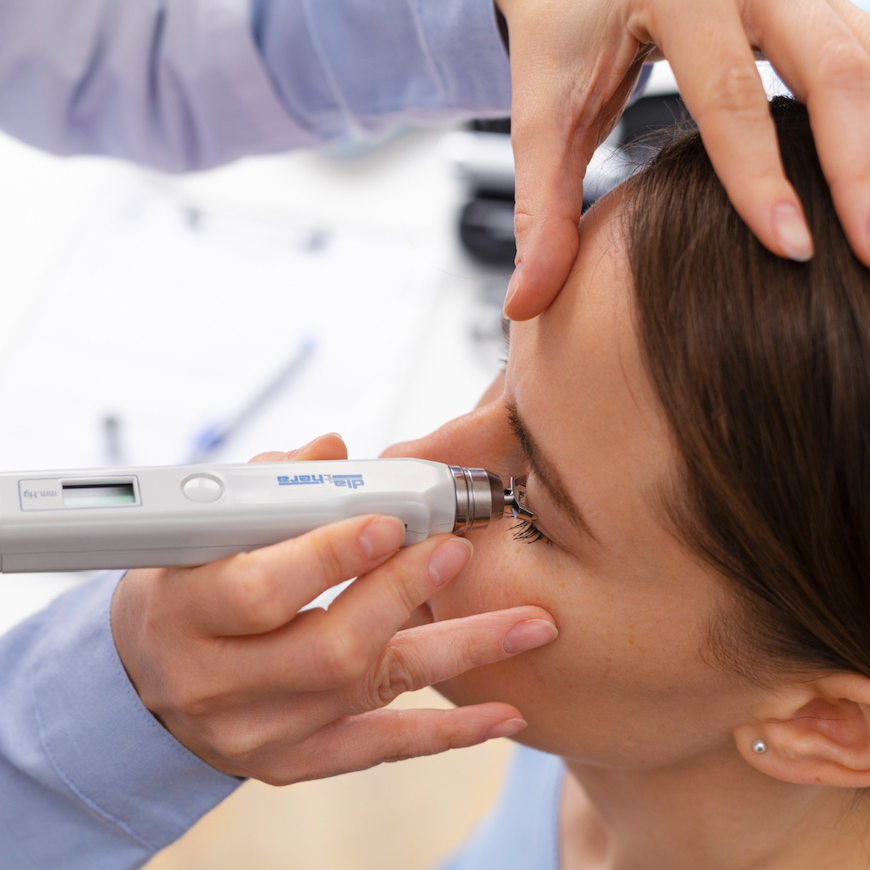
If you continue to experience dry eye symptoms despite using over-the-counter or prescription artificial tears, your eye care professional may recommend surgery. Surgery is rare. An eye care professional recommends:
- Lower eyelid surgery: Sometimes dry eyes can occur if the lower eyelid is too soft. An eye care professional may be able to adjust your eyelids to reduce the number of tears that flow too quickly, although this is rare.
- Tear duct plug: An eye care professional will insert the tear duct plug (the small hole in the corner of the eye). This practice can reduce the number of tears that flow from the eyes, so the tears can be kept longer. This is not a permanent method. If necessary, a healthcare provider can remove the tear plug.
In severe cases, surgery may be recommended to close the tear ducts or address any underlying structural problems. It’s essential to work with an eye care professional to determine the best treatment based on individual symptoms and causes.
In conclusion, Treating dry eye syndrome is essential to maintain eye comfort, prevent further irritation, and protect long-term eye health. If left untreated, dry eyes can lead to persistent discomfort, blurred vision, and damage to the eye’s surface.
Fortunately, proactive steps can offer significant relief. Taking action now not only alleviates current symptoms but also supports lasting eye health. Prioritizing treatment for dry eye syndrome, even with small daily habits, can make a substantial difference in overall eye comfort and quality of life.
Have you tried any of these methods? What was your experience with dry eyes? Let me know in the comments below.
Frequently Asked Questions
